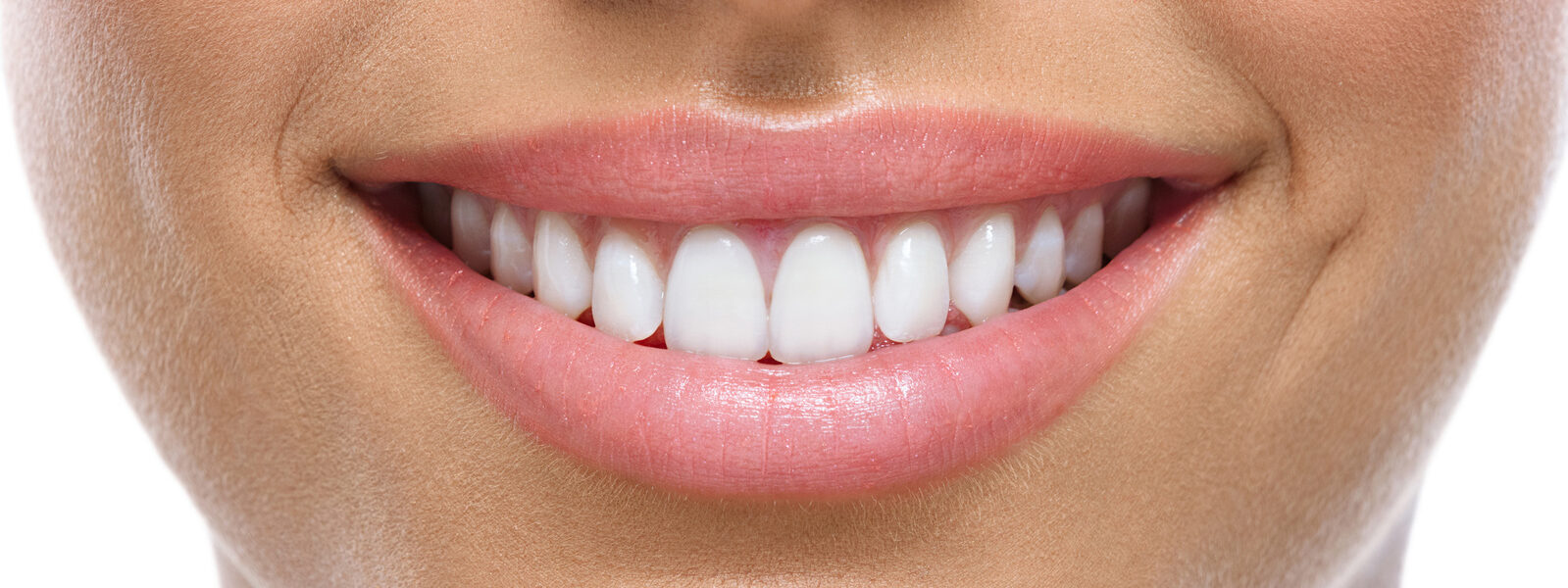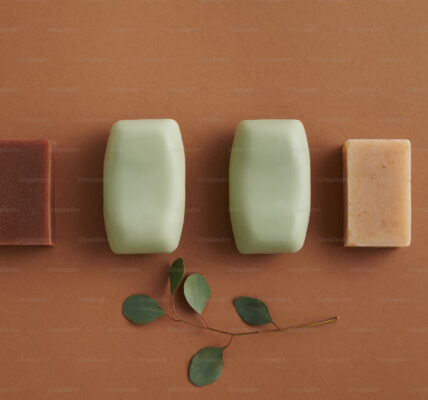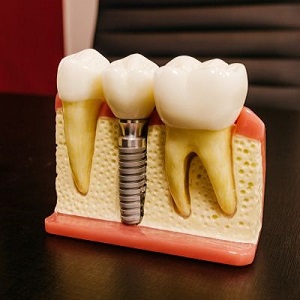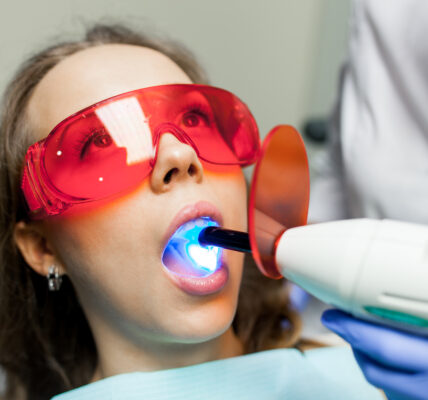Cosmetic dentistry has undergone a remarkable transformation over the past few decades, evolving from a niche field to a mainstream option for individuals seeking to enhance their smiles. From the use of basic fillings and crowns to the advent of cutting-edge treatments like veneers, whitening, and Invisalign, cosmetic dentistry has changed the way we approach dental care. These advancements not only improve the aesthetics of teeth but also enhance oral health, comfort, and functionality. In this article, we explore the evolution of cosmetic dentistry and how modern innovations are transforming smiles for people of all ages.
The Early Days of Cosmetic Dentistry
In the early stages of dentistry, cosmetic procedures were a luxury reserved for the wealthy and elite. Most dental treatments focus solely on oral health, such as tooth extractions, fillings, and basic dental hygiene. However, as societal views on beauty and self-esteem evolved, so did the demand for more aesthetically pleasing smiles. The desire for whiter, straighter, and healthier-looking teeth led to the development of various cosmetic dental procedures.
One of the earliest developments in cosmetic dentistry was the introduction of dental crowns and bridges. These treatments were primarily used to restore teeth that had been damaged due to decay or injury. While functional, these early crowns and bridges were often noticeable, and patients were limited in terms of color and design options.
The Rise of Tooth Whitening and Porcelain Veneers
In the 1980s, a major breakthrough in cosmetic dentistry occurred with the introduction of professional tooth whitening. This technique allowed individuals to lighten their teeth and remove stains caused by coffee, tea, tobacco, and aging. In-office whitening treatments became increasingly popular as they offered faster and more effective results compared to over-the-counter products.
Around the same time, porcelain veneers began to gain traction. Veneers are thin, custom-made shells of porcelain or composite resin that are bonded to the front surface of teeth to improve their appearance. They became popular as a solution for chipped, cracked, or discolored teeth, as well as for those looking to close gaps or straighten minor misalignments.
The development of porcelain veneers was a game-changer. Porcelain closely mimics the natural translucency of tooth enamel, providing a more natural and aesthetically pleasing result. Veneers also became a popular choice because they required minimal tooth preparation, which meant less discomfort for patients and a quicker recovery time.
Invisalign and Clear Aligners: The Revolution in Orthodontics
While veneers and whitening treatments gained popularity, another major advancement came in the form of Invisalign, a clear aligner system that revolutionized orthodontics. Before Invisalign, the only option for straightening teeth was traditional metal braces, which were often uncomfortable, visually unappealing, and required long treatment times. Invisalign offered an alternative: clear, removable aligners that gradually moved teeth into their correct positions.
Invisalign’s popularity soared due to its numerous benefits, including its discreet appearance, comfort, and the ability to remove the aligners for eating and cleaning. The clear aligners are nearly invisible, making them an attractive option for both teenagers and adults who wanted to straighten their teeth without the look and feel of traditional braces.
Invisalign has paved the way for other clear aligner systems, and the concept of virtually invisible orthodontic treatment has become widely accepted as a mainstream option. Invisalign is now widely used for both cosmetic and functional purposes, helping patients achieve a straighter smile without the stigma of metal braces.
Minimally Invasive Cosmetic Treatments
The 21st century has seen the rise of minimally invasive cosmetic dental procedures that offer quick, effective results with minimal recovery time. Treatments like tooth bonding, dental contouring, and laser whitening have made cosmetic dentistry more accessible and convenient for patients.
Tooth bonding is a procedure in which a tooth-colored resin is applied to a damaged or discolored tooth, then sculpted to achieve the desired shape. It’s often used for fixing chipped teeth, closing gaps, and improving the shape of irregularly shaped teeth. Dental contouring, also known as reshaping, involves removing small amounts of tooth enamel to improve the shape of a tooth or correct minor alignment issues.
Laser whitening, another modern innovation, utilizes laser technology to accelerate the tooth whitening process. The dentist applies a whitening gel to the teeth, which is then activated by the laser, leading to faster and more effective whitening results compared to traditional methods. These laser treatments are popular due to their speed, precision, and minimal discomfort.
The Role of Technology in Modern Cosmetic Dentistry
One of the most significant advancements in cosmetic dentistry is the role of technology. From digital impressions to 3D imaging and computer-aided design (CAD), technology has transformed the way cosmetic procedures are planned and executed. Today, dentists can create highly accurate models of patients’ mouths, which allow for precise planning and quicker treatment times.
Digital impressions eliminate the need for traditional molds, which many patients find uncomfortable. With 3D imaging, dentists can accurately assess the position, shape, and alignment of teeth and gums, allowing them to provide better treatment plans for cosmetic procedures. For example, the use of 3D imaging is essential when planning dental implants, as it helps ensure the placement is precise and effective.
Additionally, CAD technology allows for the creation of custom-designed crowns, bridges, and veneers that fit perfectly and look natural. The precision and accuracy offered by digital tools have significantly improved the overall outcome of cosmetic treatments, reducing the risk of complications and enhancing patient satisfaction.
Cosmetic Dentistry for the Future
As technology continues to advance, the future of cosmetic dentistry holds even more exciting possibilities. Research in regenerative dentistry, including stem cell therapies, may lead to new treatments that can help restore lost teeth or repair damaged tissues without the need for traditional procedures. Additionally, advancements in artificial intelligence and robotics may make treatments more efficient and effective, allowing for quicker recovery times and enhanced results.
We may also see further developments in 3D printing, which could revolutionize the production of dental restorations. 3D printing could enable faster and more affordable production of crowns, bridges, and dentures, making cosmetic procedures more accessible to a wider range of people.
Conclusion
Cosmetic dentistry has come a long way since its early days. From the development of tooth whitening and veneers to the advent of Invisalign and laser treatments, modern cosmetic dentistry continues to transform smiles and enhance self-confidence. Today’s techniques are more effective, less invasive, and more accessible than ever before, offering patients the opportunity to achieve the smile they’ve always desired.
At Castle Hills Dentistry, we’re proud to offer the latest cosmetic dental treatments to help our patients achieve brighter, healthier smiles. Whether you’re looking to brighten your smile with teeth whitening, straighten your teeth with Invisalign, or enhance your smile with porcelain veneers, modern cosmetic dentistry can give you the smile you deserve. With advancements in technology and treatment options, the possibilities are endless—and the future of cosmetic dentistry is bright.





